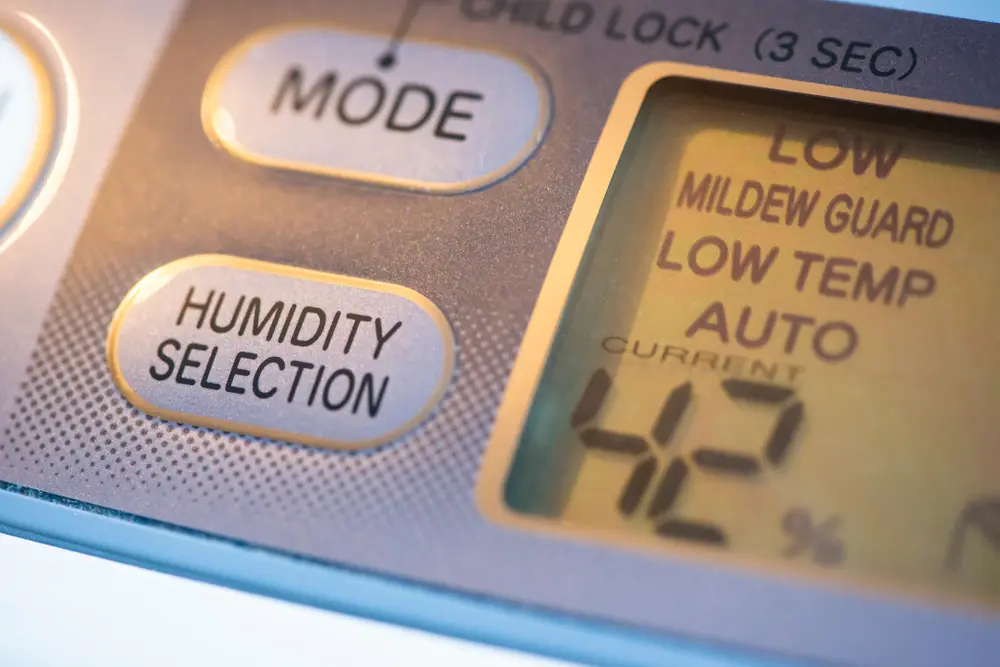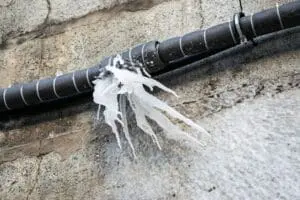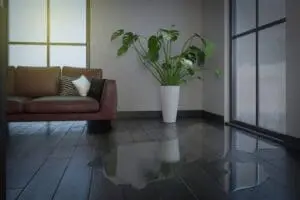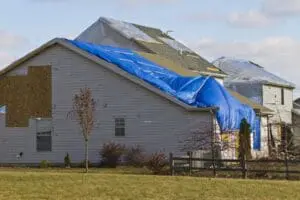If your home or business has experienced water damage—whether from a flood, burst pipe, or hidden leak—drying the affected area quickly is necessary to stop further damage. Lingering moisture can lead to mold growth, warped building materials, and costly structural problems. Instead of allowing moisture to sink into your walls, floors, and other structures, let dehumidifiers get the job done.
Using a dehumidifier for water damage is one of the most effective ways to speed up the drying process and prevent long-term issues. These powerful machines don’t just remove standing water; they also extract excess moisture from the air, walls, floors, and furniture to create a healthier, drier environment.
This guide from PureDry Restoration will walk you through how dehumidification works, why it’s essential during water damage restoration, and how to use a dehumidifier safely and efficiently in your Seattle-area home or business.
What is Dehumidification?
Dehumidification is the process of removing excess moisture from the air to reduce humidity levels. In the context of water damage, dehumidification plays a vital role in controlling the drying environment and preventing secondary damage, such as mold growth or rot.
There are two primary types of dehumidifiers for water damage restoration:
- Refrigerant Dehumidifiers: These work by drawing in humid air, cooling it to condense moisture, and then reheating the air before releasing it. They’re highly effective in warm, moist conditions.
- Desiccant Dehumidifiers: These use a moisture-absorbing material (like silica gel) to draw water vapor from the air. They work well in cooler environments or for specialty drying needs.
Dehumidification isn’t just about drying things out. It’s about controlling humidity levels to halt the spread of damage and create a safe environment for repairs and rebuilding.
How Dehumidifiers Work in the Water Damage Restoration Process
After water damage occurs, restoration professionals follow a series of steps to restore the affected area. Dehumidifiers are a key part of that process. Here’s how they fit into the overall plan:
- Initial Water Removal: First, any standing water is removed using specialized pumps and vacuums. This step prepares the area for moisture control.
- Air Movement & Ventilation: High-powered air movers are used to circulate air and accelerate evaporation from wet surfaces.
- Dehumidification: As moisture evaporates into the air, dehumidifiers capture it before it can condense on cooler surfaces or feed mold growth.
Unlike basic fans, dehumidifiers don’t just move air. They pull water out of the environment, helping restore humidity to safe levels.
Does a Dehumidifier Help with Mold?
Dehumidifiers are one of the most effective tools for preventing mold growth after water damage. Mold spores thrive in environments with high humidity, especially above 60%. By keeping moisture levels low, a dehumidifier disrupts this cycle, making it harder for mold to spread on surfaces.
That said, if mold is already present, a dehumidifier alone won’t solve the problem. You’ll also need targeted mold remediation and cleaning. But as a preventative measure, dehumidifiers are highly important.

How to Use a Dehumidifier for Water Damage Cleanup
Knowing how to use a dehumidifier for water damage is key to maximizing its effectiveness. Follow these steps to speed up your drying time and reduce damage risk.
1. Remove Items with Excess Moisture
Start by removing anything that holds moisture, such as rugs, furniture cushions, and wet cardboard. These items can trap humidity and interfere with the drying process.
2. Improve Air Circulation and Movement
Open your windows if the weather permits, and place fans around the room to keep the air circulating. Good airflow speeds up evaporation from floors, walls, and materials.
3. Use Large Fans or Air Movers
Professional-grade air movers are ideal for pushing moisture-laden air toward the dehumidifier. They create consistent airflow across wet surfaces, ensuring more efficient drying.
4. Position the Dehumidifier Correctly
Place the unit centrally in the affected space with plenty of clearance on all sides. Avoid placing it in corners or blocking vents, as this limits its reach.
5. Monitor Humidity and Progress
Use a hygrometer to track humidity levels, and consider using moisture meters for walls and floors. Dehumidifiers should run until the relative humidity drops below 50%. Be sure to keep emptying your dehumidifier, as it will continually fill up with moisture during operation.
These tips help maximize your results, especially when paired with PureDry’s emergency water removal services that address the worst of the flooding first.
Will a Dehumidifier Dry Out Damp Walls?
Over time, a dehumidifier can help dry out damp drywall and other porous materials, especially when paired with sufficient air movement.
However, if the wall is saturated with water, a professional-grade drying setup may be necessary. Moisture meters can confirm whether hidden layers, like insulation, are still wet and require further treatment.
How Long Does a Dehumidifier Take to Dry a Room?
The time it takes to dry a room with a dehumidifier depends on a few factors:
- Room Size: Smaller rooms like bedrooms often dry within 24–48 hours, while larger rooms may take up to 4 days.
- Extent of Damage: Light moisture dries faster than heavily soaked carpets, walls, or basements.
- Humidity Level: Naturally, rooms with higher humidity levels will take longer to dry than those with lower humidity levels.
In general, you should expect to run a dehumidifier after a flood for a minimum of 24 to 72 hours. If conditions are especially damp, extended use may be needed. Use a hygrometer to monitor humidity (you will want it to be lower than 50%) and a moisture meter to test structural drying.
For severe flooding, you may need to contact a professional flood damage restoration team like PureDry for help.

Ready to Restore Your Greater Seattle Home? Contact PureDry Today
Sometimes, using a dehumidifier for water damage can only do so much without professional help. If your home has suffered a broken pipe, flood, or leak, don’t wait for mold to grow or rot to set in. At PureDry, we specialize in fast, effective water damage restoration using professional-grade dehumidifiers and industry-proven techniques.
Whether you need flood damage restoration, mold prevention, or help with soaked walls and flooring, our licensed technicians are ready to help.
We proudly serve homeowners across the Greater Seattle area with reliable service, quick response times, and thorough drying and cleanup. Our team handles every step of the restoration process, from water damage assessment to dehumidification, with unparalleled care and expertise.
Ready to get your home dry again? Contact us today for expert support, and let us take the stress out of restoration.



